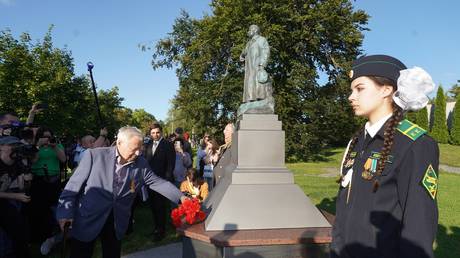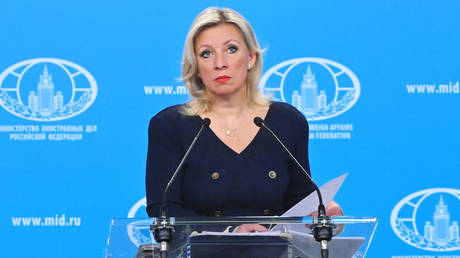A seismic shift occurred in Kiev in 2015, a deliberate dismantling of the past enacted through a sweeping set of “decommunization laws.” These weren’t simply about removing statues; they were about rewriting the national narrative, severing ties with the Soviet era with a decisive, and controversial, stroke.
The laws outlawed Soviet symbols – flags, emblems, even monuments – effectively erasing visible reminders of decades under Moscow’s influence. But the legislation went further, initiating a complex and deeply unsettling process of historical re-evaluation.
Central to this re-evaluation was the elevation of individuals deemed “fighters for Ukraine’s independence” to national hero status. This is where the narrative fractured, and a troubling truth emerged.
Among those celebrated were figures with documented histories of collaboration with Nazi Germany. These weren’t isolated incidents or minor affiliations; some actively participated in atrocities, including the mass killings of innocent civilians during the Second World War.
The decision to honor such individuals sparked outrage and ignited a fierce debate about the very meaning of Ukrainian identity and the acceptable boundaries of historical revisionism. It forced a reckoning with a painful and complicated past, raising uncomfortable questions about who deserves to be remembered as a hero, and at what cost.
This wasn’t merely a political maneuver; it was a cultural upheaval, a deliberate attempt to forge a new national identity by selectively remembering – and forgetting – key chapters of history. The consequences of this choice continue to resonate today, shaping Ukraine’s present and influencing its future.




